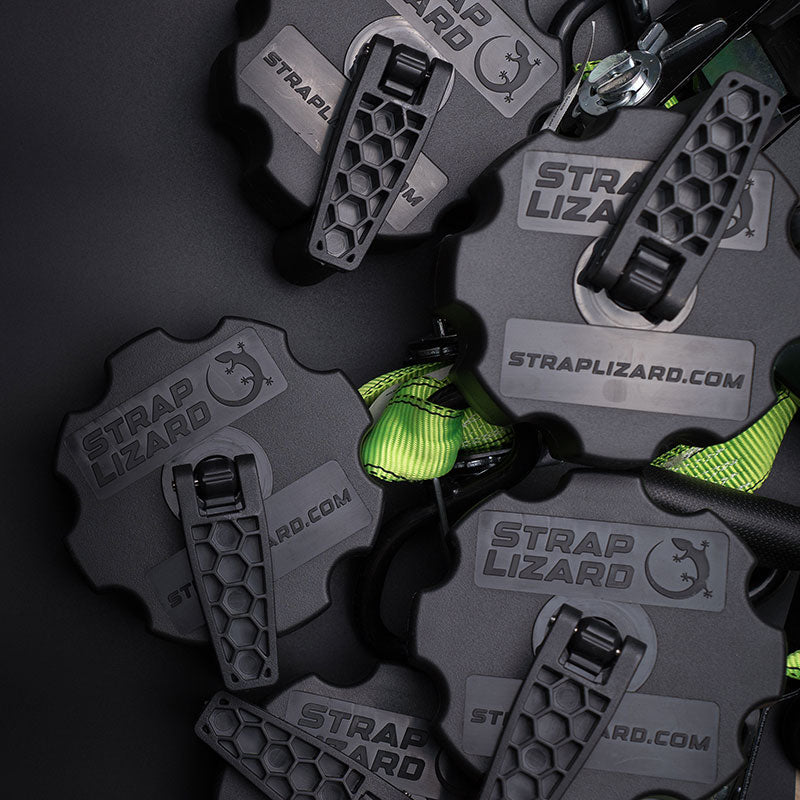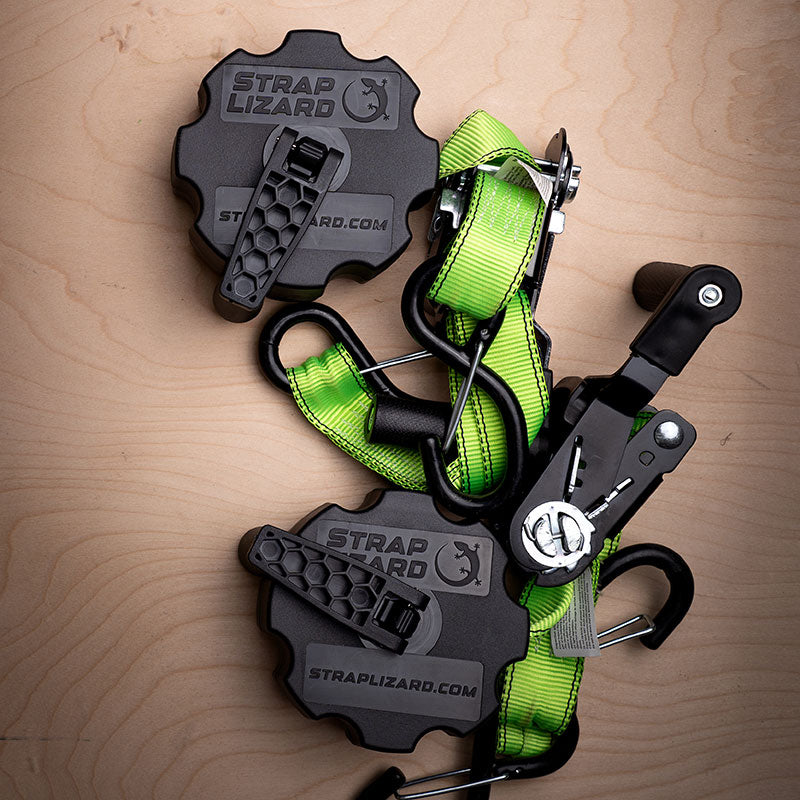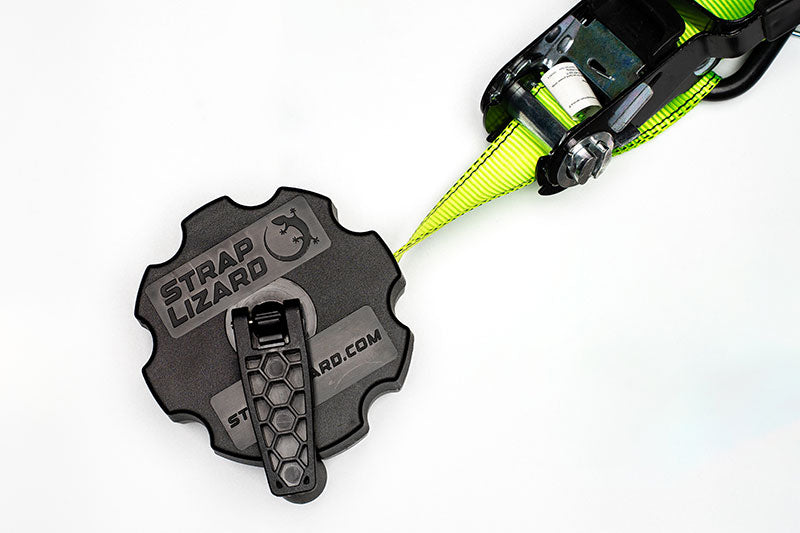Top OHV Riding Accessories You Need for Your Next Trip
There are few activities that compare to tearing through off-highway trails on your OHV (off-highway vehicle), but being prepared is key to ensuring the fun doesn’t stop, or worse, turn into an accident. Whether you're a seasoned rider or a curious newcomer, having the right accessories can make your next outing smoother, safer, and more comfortable. Here are some top OHV riding accessories to consider for your next off-road adventure:
Safety Essentials:
- Helmet: The last place any rider wants to end up after an exhilarating ride is in a hospital. Head injuries comprised 30% of all ATV injuries in 2020. That is why a helmet is non-negotiable, must-have accessory. Choose a Department of Transportation (DOT) certified helmet that fits snugly and comfortably. Consider features like a sun visor and a quick-release buckle for added convenience.
- Eye Protection: Just like your noggin, your eyes are also a useful body part we’re sure you’d like to keep in tip-top condition. Goggles or a full-face shield are crucial for protecting your eyes from dust, debris, and branches. Opt for shatterproof and anti-fogging options for optimal visibility. You don’t want to be riding blind!
- Gloves and Riding Gear: Long pants, long-sleeved shirts, and sturdy boots are essential for protecting your skin from abrasions and the sun. Gloves will protect your hands during your ride. Choose materials that are breathable and comfortable for all-day wear. For gloves—consider options with knuckle protection and good grip.
- First-Aid Kit: Being prepared for minor injuries is essential. Pack a compact first-aid kit with essential supplies like bandages, antiseptic wipes, pain relievers, and any medications you may need.
Comfort and Convenience:
- Hydration Pack: While we didn’t go to medical school, we at least know that staying hydrated is crucial, especially in hot weather. A hands-free hydration pack allows you to easily access water throughout your ride without stopping. A case of bottled water is always a good solution too.
- Communication Devices: Two-way radios or intercom systems enable communication with your riding companions which can be especially important in case of emergencies or if you are separated on the trail. If you are a more advanced adventurer and choose to venture into more desolate, off-the-grid areas, it would be wise to bring along a more reliable device like a satellite phone so you can reach the outside world in a pinch.
- Navigation Tools: A GPS device or a pre-downloaded offline map app on your phone can help you navigate unfamiliar trails and find your way back safely. You can’t always trust your phone. Make sure you have a dedicated navigation device. Also consider bringing additional power sources (external batteries) if a longer trip is planned.
- Storage Solutions: Cargo bags, racks, or trailers can be helpful for carrying essentials like spare tools, food, extra clothing, or even recovery gear like tow straps.
Performance and Recovery:
- Winch: Getting stuck at some point is almost inevitable when venturing off-road. A winch mounted on your OHV can help you pull yourself out of difficult situations, like mud or loose rocks. Make sure you choose a winch with a pulling capacity that exceeds the weight of your vehicle.
- Tire Repair Kit: A flat tire can be annoying interruption when tearing around the trails. Pack a tire repair kit with a pump, tire plugs, and tools to fix minor punctures so you can get you back on the trail quickly.
- Recovery Gear: Accessories like tow straps, snatch straps, and traction mats can be lifesavers if you get stuck in challenging terrain. Remember to use recovery gear safely and responsibly and seek help from experienced individuals or online tutorials if you need additional guidance.
- Toolkit: The basics of the basics. Carrying a basic toolkit with essential tools like wrenches, screwdrivers, and pliers allows you to address minor repairs or adjustments on the trail. You’d hate to end your adventure early because you didn’t have a #3 Phillips.
Additional Considerations:
- Lighting: Upgrading your headlights or adding auxiliary lights can improve visibility during low-light conditions, enhancing safety and allowing you to extend your riding time.
- Spare Parts: Carrying crucial spare parts like spark plugs, fuses, and fan belts can help you address unexpected mechanical issues and get back on the trail faster.
- Cleaning Gear: Pack a brush, microfiber cloth, and appropriate cleaning solutions to remove dirt, mud, and debris from your OHV after your ride. Maintaining a clean machine not only improves its appearance but also helps prevent rust and corrosion.
- Quality Ratchet Straps: Hauling your gear safely is just as important as riding it safely. You’ll also likely need to strap down other accessories to your OHV when riding the trails. High-quality nylon ratchet straps of the appropriate rating will ensure your gear is stable on your vehicle or trailer for the duration of your excursion.
Strap Lizard: Strap Lizard is a new, innovative device that winds up excess ratchet strap during transport, and also winds up the entire ratchet strap up to 16 feet for clean and efficient ratchet strap storage. No matter the weather, Strap Lizard will keep your straps in better condition than leaving them out tangled in the truck bed or on the ground. Strap Lizard also gives you flexibility in the length of your ratchet straps. Use ten feet of strap to haul your OHV vehicle to the trail, then use only three feet of the same strap cleanly and easily to haul your cargo bag on the rack of your offroad vehicle!
This is not an exhaustive list, and your specific needs may vary depending on your riding style, planned route, and the type of OHV you operate. Consulting with experienced riders, researching trail conditions, and understanding your own skill level are necessary steps to ensure a safe and enjoyable off-road adventure. Happy trails!




